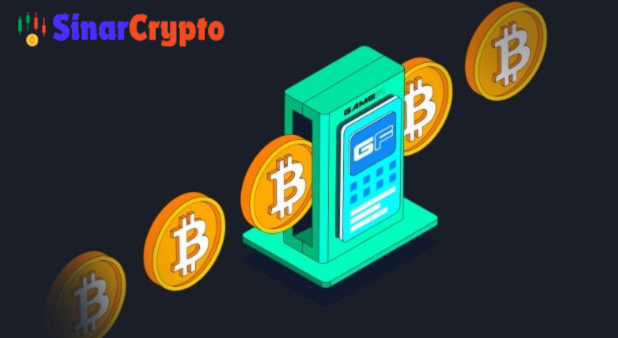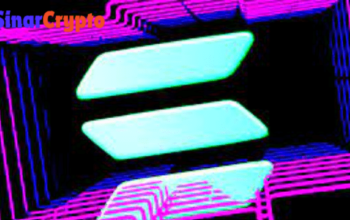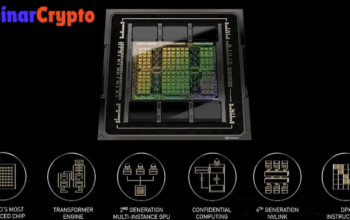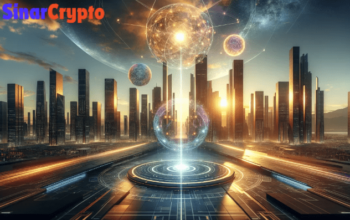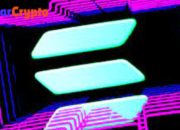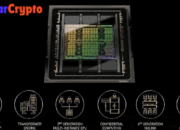The gaming industry has seen significant evolution over the decades, transitioning from basic pixelated graphics to hyper-realistic virtual worlds. Now, the advent of Web3 technology is setting the stage for yet another monumental shift. This article explores how Web3 gaming intends to disrupt traditional gaming platforms, offering new experiences, ownership, and economic opportunities.
Understanding Web3 Gaming
What is Web3?
Web3 refers to the third generation of the web, characterized by decentralized protocols and technologies. Unlike traditional web applications that rely on centralized servers, Web3 utilizes blockchain technology, enabling users to interact in a peer-to-peer manner. This shift allows for greater transparency, security, and control over digital assets.
The Concept of Web3 Gaming
Web3 gaming leverages blockchain technology to provide players with true ownership of in-game assets, a feature that distinguishes it from traditional gaming platforms. Players can buy, sell, and trade these assets freely, creating a new economy within the gaming landscape.
Key Features of Web3 Gaming
1. True Ownership of Assets
In traditional gaming, players purchase in-game items but do not truly own them. Web3 gaming changes this paradigm by allowing players to own non-fungible tokens (NFTs) that represent unique in-game assets. This ownership means players can trade or sell their assets on various marketplaces.
2. Decentralization
Web3 games are built on decentralized platforms, meaning they are not controlled by any single entity. This decentralization promotes a fairer gaming environment where players have a say in the game’s development and policies through governance tokens.
3. Play-to-Earn Models
Web3 gaming introduces play-to-earn models, allowing players to earn cryptocurrency or valuable assets through gameplay. This model contrasts sharply with traditional gaming, where players typically only invest time and money without any tangible rewards.
4. Interoperability
Web3 games often allow assets to be used across different games and platforms. This interoperability creates a broader ecosystem where players can utilize their NFTs in multiple contexts, enhancing the value of their in-game investments.
Advantages Over Traditional Gaming Platforms
1. Enhanced Player Engagement
By offering true ownership and rewards, Web3 gaming can foster deeper player engagement. Players are incentivized to invest time and resources into the game since their efforts can yield real-world value.
2. New Revenue Streams for Developers
Developers can explore innovative revenue models beyond traditional purchases. By incorporating tokenomics, developers can benefit from transaction fees, royalties on asset sales, and more, creating sustainable income streams.
3. Community-driven Development
In Web3 gaming, the community plays a crucial role in shaping the game’s future. By utilizing decentralized governance, players can vote on important decisions, fostering a sense of community and belonging.
Challenges Facing Web3 Gaming
Despite its promising potential, Web3 gaming faces several challenges:
1. Scalability Issues
Blockchain technology still grapples with scalability concerns, leading to slower transaction speeds and higher costs during peak times. Developers must address these issues to enhance user experience.
2. Regulatory Uncertainty
As the Web3 space evolves, regulatory frameworks remain unclear. How governments choose to regulate cryptocurrencies and NFTs will significantly impact the future of Web3 gaming.
3. User Education
Many players are unfamiliar with blockchain technology and the concept of cryptocurrencies. The gaming community needs educational resources to help players transition into this new realm.
Conclusion
Web3 gaming represents a significant shift in how players interact with games and their assets. By offering true ownership, play-to-earn models, and community-driven development, Web3 has the potential to take over traditional gaming platforms. While challenges remain, the future of gaming looks brighter and more inclusive, with players at the helm of this transformative journey.
As the gaming landscape continues to evolve, only time will tell how Web3 will reshape the industry and whether traditional platforms can adapt or will ultimately be overshadowed by this innovative approach.
